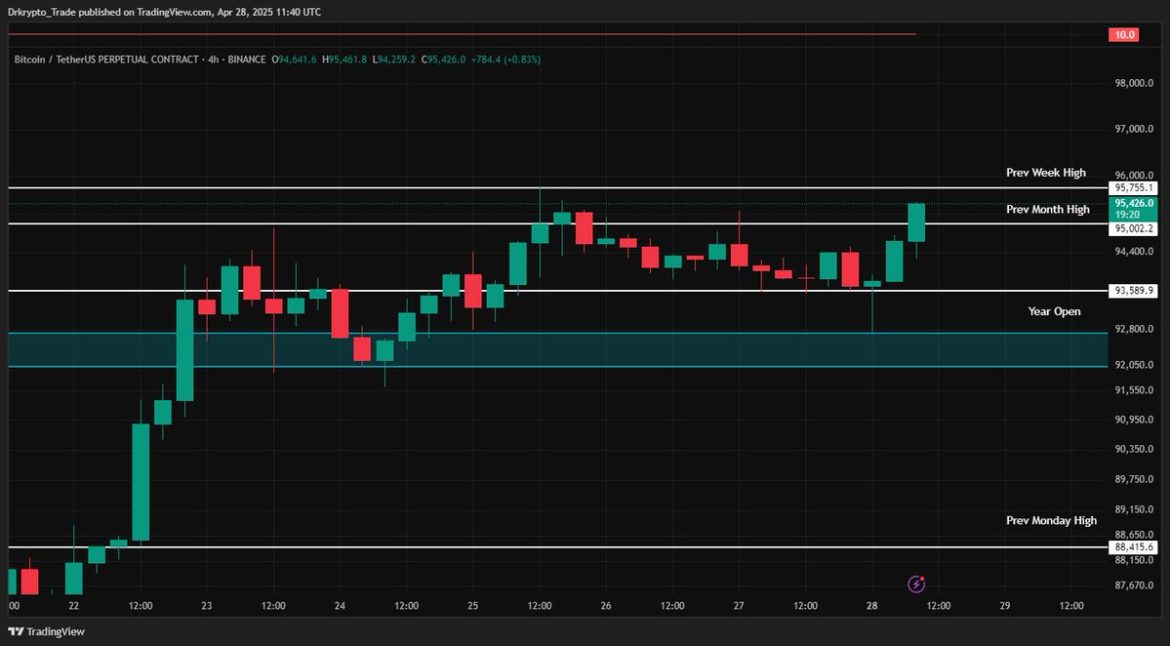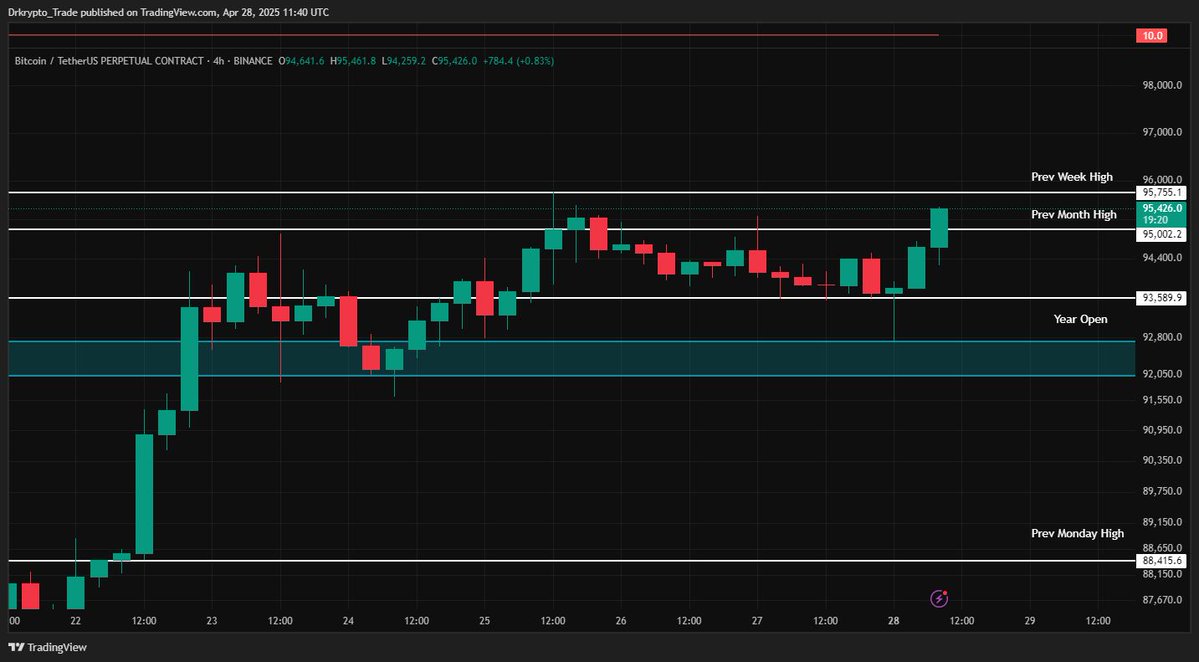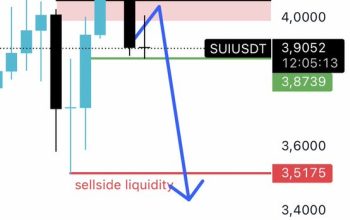The Intersection of Politics and Cryptocurrency: A 2025 Analysis
Imagine a world where the value of your digital assets fluctuates not just with market trends, but also with the whims of political leaders and regulatory bodies. Welcome to the world of cryptocurrency in 2025, where the intersection of politics and digital finance is more pronounced than ever. Let’s dive into this intricate dance and explore how regulatory pressures and political ties are shaping the future of digital currencies.
The Political Pulse: A New Era of Cryptocurrency Regulation
The Trump Factor
The political landscape in the United States has always had a significant impact on the cryptocurrency market. In 2025, this influence is more pronounced than ever, with former President Donald Trump’s ties to the cryptocurrency industry coming under intense scrutiny. The U.S. Securities and Exchange Commission (SEC) is facing new political pressure, which is reshaping the regulatory environment for digital currencies.
Trump’s involvement in cryptocurrency has been a subject of much debate. His administration’s approach to regulation was often seen as favorable to the industry, with a focus on innovation and growth. However, his ties to certain cryptocurrency projects have raised eyebrows, leading to calls for more stringent oversight. For instance, Trump’s endorsement of a particular cryptocurrency project sparked controversy, with critics arguing that it blurred the lines between politics and finance.
The political climate in the U.S. is volatile, and the cryptocurrency market is feeling the effects. Investors are keeping a close eye on the SEC’s actions, as any regulatory changes could have significant implications for the market. The uncertainty is palpable, and it’s clear that the political pulse is driving much of the conversation around cryptocurrency in 2025.
The SEC’s Dual Custody Dilemma
One of the most significant regulatory developments in 2025 is the SEC’s scrutiny of the dual custody system for cryptocurrencies. This system, which involves the use of two separate entities to hold and manage digital assets, has been a contentious issue. SEC Commissioner Hester Peirce has raised three potential investor risks associated with this system, sparking a broader debate within the industry.
The dual custody system is designed to enhance security and reduce the risk of theft or loss. However, critics argue that it introduces additional complexity and potential points of failure. The SEC’s ongoing evaluation of this system is likely to have far-reaching implications for the cryptocurrency market, affecting everything from investor confidence to the development of new financial products.
The SEC’s dual custody dilemma highlights the challenges of regulating a rapidly evolving industry. As cryptocurrencies become more mainstream, the need for robust regulatory frameworks is becoming increasingly apparent. The SEC’s approach to this issue will be crucial in shaping the future of the cryptocurrency market.
Global Regulatory Trends: A Patchwork of Policies
While the United States grapples with its own regulatory challenges, other countries are forging their own paths. The global cryptocurrency landscape is a patchwork of policies, with some nations embracing digital currencies and others taking a more cautious approach.
The European Union’s Balancing Act
The European Union (EU) is walking a fine line between innovation and regulation. The EU’s Markets in Crypto-Assets (MiCA) framework, introduced in 2024, aims to provide a comprehensive regulatory framework for cryptocurrencies. This framework seeks to balance the need for innovation with the protection of investors and the stability of the financial system.
The MiCA framework covers a wide range of issues, from the licensing of cryptocurrency exchanges to the regulation of stablecoins. It represents a significant step forward in the EU’s approach to cryptocurrency regulation, providing a clear set of rules for market participants to follow. The framework is designed to create a level playing field for cryptocurrency companies, ensuring that they operate within a robust regulatory environment.
However, the MiCA framework is not without its critics. Some argue that it is too restrictive, stifling innovation and hindering the growth of the cryptocurrency industry. Others contend that it does not go far enough, failing to address key issues such as the environmental impact of cryptocurrency mining. The EU’s balancing act is a delicate one, and the outcome of this regulatory experiment will be closely watched by the rest of the world.
Asia’s Cryptocurrency Boom
In contrast to the cautious approach of the EU, many Asian countries are embracing cryptocurrencies with open arms. Japan, South Korea, and Singapore are among the leaders in this regard, with each country developing its own regulatory framework to support the growth of the cryptocurrency industry.
Japan, for example, has been at the forefront of cryptocurrency regulation since the early days of Bitcoin. The country’s Financial Services Agency (FSA) has implemented a series of regulations designed to protect investors and ensure the stability of the market. These regulations have helped to create a thriving cryptocurrency ecosystem in Japan, with numerous exchanges and blockchain startups calling the country home.
South Korea is another Asian powerhouse in the cryptocurrency world. The country has a large and active cryptocurrency community, and its regulatory framework is designed to support the growth of the industry. The Korean government has taken a proactive approach to cryptocurrency regulation, working closely with industry stakeholders to develop a robust regulatory environment.
Singapore, meanwhile, is positioning itself as a global hub for cryptocurrency and blockchain technology. The city-state has a long history of embracing financial innovation, and its regulatory framework reflects this. The Monetary Authority of Singapore (MAS) has implemented a series of regulations designed to support the growth of the cryptocurrency industry, while also protecting investors and ensuring the stability of the financial system.
The Future of Cryptocurrency: Navigating Uncertainty
As we look to the future, the intersection of politics and cryptocurrency is set to become even more complex. The regulatory landscape is evolving rapidly, with new policies and frameworks being introduced on a regular basis. For investors and industry participants, navigating this uncertainty will be a key challenge.
The Role of Innovation
Innovation will play a crucial role in shaping the future of cryptocurrency. As regulatory pressures mount, the industry will need to adapt and evolve, finding new ways to meet the demands of investors and regulators alike. This could involve the development of new technologies, such as decentralized finance (DeFi) platforms, or the creation of more robust regulatory frameworks.
Decentralized finance (DeFi) is one area where innovation is already making a significant impact. DeFi platforms allow users to access financial services without the need for traditional intermediaries, such as banks. This decentralized approach has the potential to revolutionize the financial industry, making it more accessible and efficient.
However, DeFi is not without its challenges. The regulatory environment for DeFi is still largely unclear, and the industry is grappling with issues such as security and scalability. As the DeFi ecosystem continues to grow, it will be crucial for regulators and industry participants to work together to address these challenges and ensure the long-term success of the industry.
The Importance of Collaboration
Collaboration will also be essential. The cryptocurrency industry is global in nature, and the challenges it faces are often shared across borders. By working together, industry participants can develop more effective solutions to the regulatory and technological challenges they face.
Collaboration between regulators and industry participants is particularly important. Regulators need to understand the complexities of the cryptocurrency industry in order to develop effective regulatory frameworks. Industry participants, meanwhile, need to work with regulators to ensure that their voices are heard and that their concerns are addressed.
The cryptocurrency industry is still in its early stages, and there is much work to be done. By embracing collaboration and innovation, the industry can overcome the challenges it faces and continue to shape the future of finance.
Conclusion: Embracing the Future
The intersection of politics and cryptocurrency is a complex and ever-changing landscape. As we navigate through 2025, it is clear that the regulatory environment is evolving rapidly, shaped by a myriad of political and economic factors. For investors and industry participants, the key to success will be adaptability and innovation. By embracing these principles, the cryptocurrency industry can continue to thrive, even in the face of uncertainty.
As we look to the future, it is essential to remember that the cryptocurrency industry is still in its infancy. The challenges it faces today are part of a broader process of growth and development. By working together and embracing innovation, the industry can overcome these challenges and continue to shape the future of finance.
The future of cryptocurrency is bright, but it is also uncertain. The intersection of politics and digital finance is a complex and dynamic landscape, and the industry will need to adapt and evolve in order to thrive. By embracing innovation and collaboration, the cryptocurrency industry can overcome the challenges it faces and continue to shape the future of finance.
—





